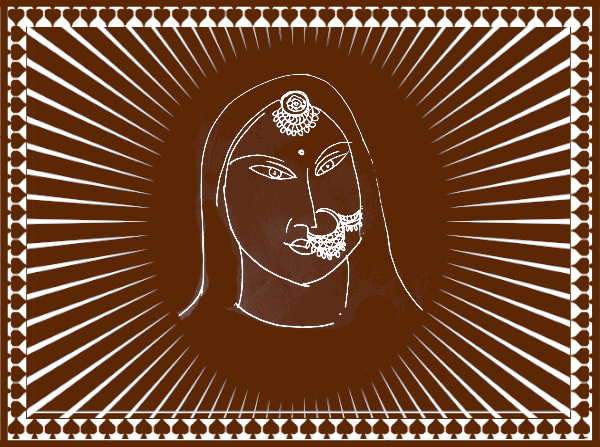
Listening to the stories from epics as a child is fun, but at times baffling as well. How could Ravana have carried ten heads on his shoulders? Or how did Hanuman leap across great distances? There can be many such questions that remain unresolved till some one tells you a counter story explaining and resolving the mystery.
One such mystery I was curious about was, how did Sita give a gold ring to Hanuman when she had already left all her royal ornaments at Ayodhya while leaving the city as an exile? Bundeli Ramayana, an oral rendition of Ramkatha sung in the form of Tamura Bhajans or devotional songs tries to explain many such anomalies in the Valmiki Ramayana.
When Ram, Sita, and Lakshman completed their 14 years of exile, they began their journey back to Ayodhya. The boatman Kevat offered his services to the royal couple and brought them to banks of the river Sarayu . When Ram touched the soil of Ayodhya he was grateful to Kevat for bringing him home and wanted to offer him a token of his gratitude. Unfortunately Ram had nothing to offer. Seeing his downcast face, Sita realised Ram’s predicament and removed her chudamani ( an ornament worn on the head by married women in north India) and gave it to Ram, and asked him to gift it to Kevat for his services.
Story tellers of Tamura bhajans explain how Sita carried not one but two jewellery pieces with her while going to exile with Ram. It is said, Sita had received two divine jewellery pieces that belonged to her mother, Sunaina in the form of a ring and a chudamani. These were no ordinary jewels but divine ornaments as god Shiva had gifted them to Sunaina. Tamura singers narrate following tale explaining how Sita acquired these divine jewels.
Being a mendicant Lord Shiva came dressed in a tiger skin with snakes ornaments as the bridegroom of Parvati on the day of their marriage. A huge snake dangled around his neck like a garland while his loose unkempt hair was held together with another snake knotted around his hair. Baby snakes were tied around his wrists and arms as armlets. Incidentally, one of the snakes tied around his arms was too tightly knotted. The baby snake cried in pain, and two tear drops rolled down from the snake’s eyes, turning it divine jewels called ‘nagmani’. Shiva picked up these two precious jewels. When Sunaina, a daughter a Naga king was married to king Janak, Shiva gave these divine jewels to Sunaina as a wedding gift. But Janak gifted these divine jewels to Dasharatha as mark of their eternal friendship. When Ram won Sita’s hand in marriage and brought his bride to Ayodhya, the custom was that in-laws should present the new bride with a piece of jewellery as a gift when they meet her first time, a rite known as “muh dikhai’. Dasharath and Kaushalya gifted these jewels to Sita as a part of ‘muh dikhai’* ritual. Thus Sita acquired these divine jewels that once belonged to her mother Sunaina. When Sita left for exile, she left all other royal ornaments in the palace but carried with her these two ornaments affixed with these jewels, a ring and the chudamani. When Hanuman came to Lanka in search of Sita; she gave her ring to Hanuman as her insignia, by which Ram could recognise her. The second jewel was on her chudamani, given to boatman Kevat as an appreciation for his service as mentioned above.
In another tale narrated by Tamura singers is the story of Shanta’s birth. Not much is known about Shanta, sister of Ram in the Valmiki Ramayana. Valmiki mentions that after sage Rishyashringa helped Dasharath to perform the sacrificial rite of Putrakameshthi*** , he offered his daughter Shanta in marriage to sage Rishyashringa. One wonders here, since she is said to be Dasharatha’s daughter who was her mother? Here is the story that solves the mystery.
Once Dasharatha went hunting in the forest. While chasing a deer he entered into a magical sacred grove that was dedicated to feminine power. Everything in that forest was a feminine force. Men feared to step in to this grove as they would have to live in female body for a designate period of time. Dasharatha having entered the grove inadvertently, too turned into a woman. For many years, he lived in that grove in the form of a woman. Once he came in contact with a man and fell in love with him. He eventually conceived the child from their union and gave birth to a baby girl. He named her Shanta. Having completed designated period of time in the grove as a woman, Dasharatha reverted back to his male body and returned to Ayodhya, with baby Shanta in his arms. Thus Dasharatha is the mother and father of Shanta.
There are many such unusual tales narrated in Tamura songs that explain the anomalies found in Valmiki Ramayana.
——————–
*Muh Dikhai is a wedding rite, literally meaning “seeing the face “. When the bride comes first time to grooms’s house after the marriage, groom’s parents and elders welcome her home and lift the wail from the the bride’s head and “see the face of the bride”. Custom is to give a gold ornament to the bride welcoming her to her new home.
** Stree dhan means woman’s wealth in the form of ornaments given to a woman during the wedding.
*** Putrakameshthi- is a vedic sacrificial ritual that was performed to beget a male child.
————–
Story collected by Vidya Kamat
Text source: Bundeli Ramayana by Anandi Lal Kurmi
Location: Bundelkhand, Madhya Pradesh







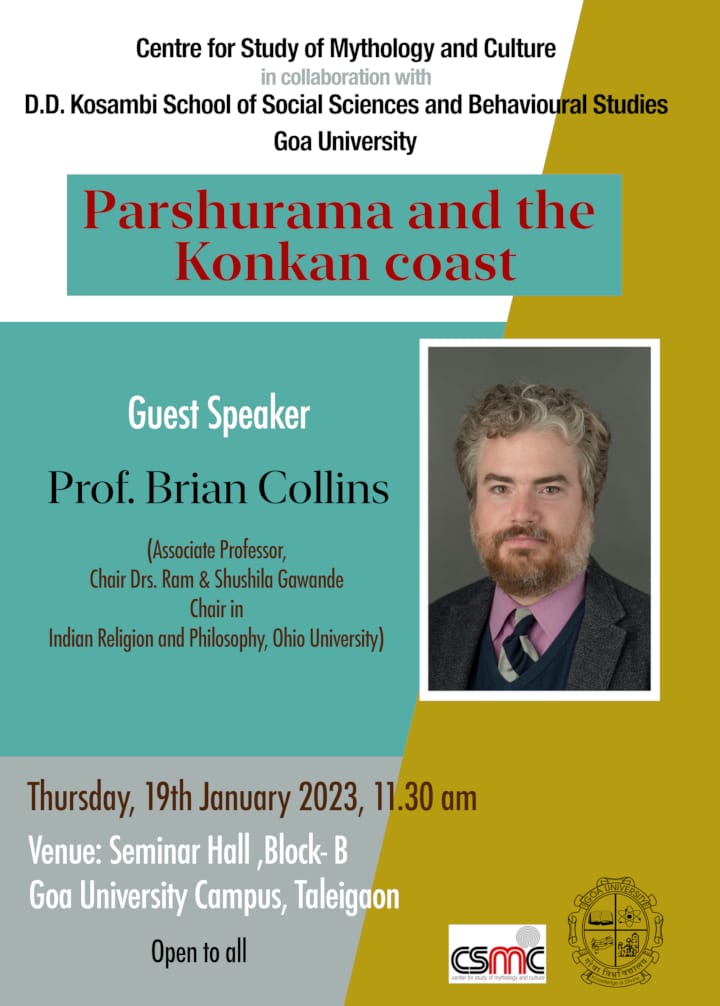
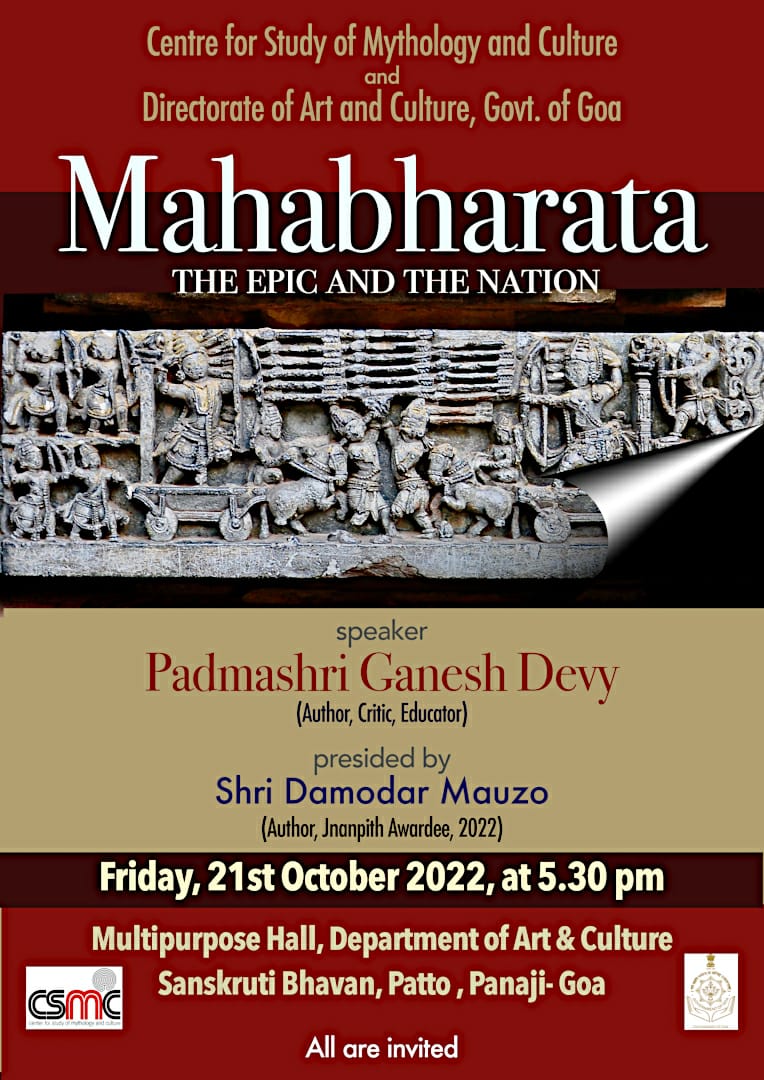
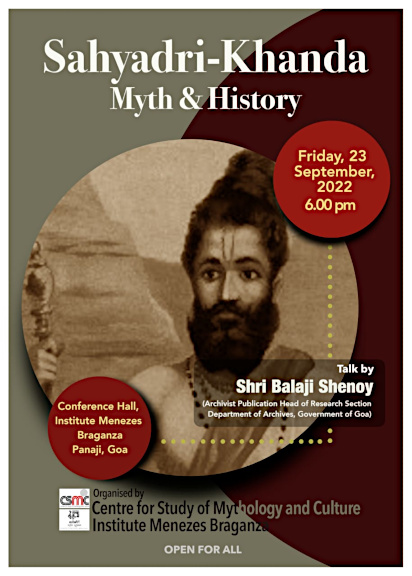
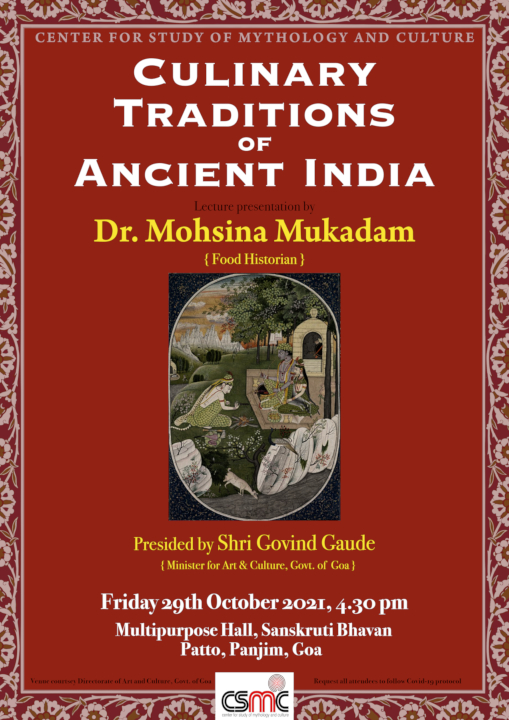

Leave a Comment